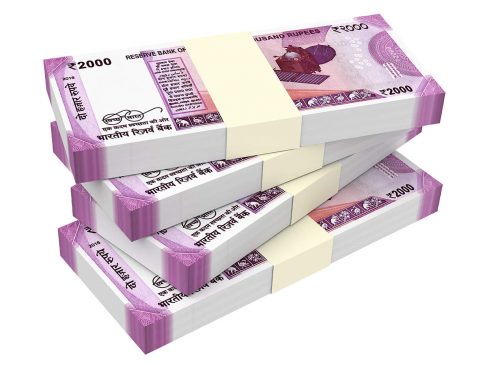The decision to remove 2,000 from circulation is a part of the Reserve Bank’s currency management operations and is consistent with the clean note policy
On November 8 2016, the central government announced that old currency notes of Rs 500 and Rs 1000 would be demonetised starting at midnight. Although new Rs 500n notes were introduced in the market, Rs 1000 notes were done away with and replaced by Rs 2000 notes. After six and a half years, the Reserve Bank of India (RBI) has announced the withdrawal of Rs 2000 notes.
Read More: How to check your CIBIL score on Google Pay
Shaktikanta Das, governor of the RBI, stated on Monday that there was no need to hurry to the banks to swap 2,000 as there are still four months till the deadline of September 30 and the Reserve Bank of India will consider any complications that may arise throughout the process, if any. According to Das, the decision to remove 2,000 from circulation is a part of the Reserve Bank’s currency management operations and is consistent with the clean note policy. Das added that the deadline is just there to speed up the process; the RBI will be sensitive to any concerns that may arise.
Read More: Rs 2,000 note circulation: HDFC sends emails to customers, know what it says
Responding to speculations that this withdrawal may signify that Rs 1000 notes may make their way back to the market, Shaktikanta Das has denied them saying that there are no plans to re-introduce Rs 1000 notes. By September 30, most of the current 2,000-note supply will be returned to the RBI, according to Das. The RBI governor claimed that there is more than enough supply of other denominations in the system because there is already a queue at the petrol stations to swap 2000 notes.
Read More: TDS On Online Gaming Applicable If Winning Amount More Than Rs 100: CBDT
Shaktikanta Das hinted that the September 30 deadline may be extended, noting that he is aware that many Indians are residing abroad and might not be able to exchange or deposit their 2,000 notes by that date. The RBI has also asked banks to install infrastructure like a cool shaded waiting space for people looking to exchange their notes along with drinking water facilities in the scorching heat.





































